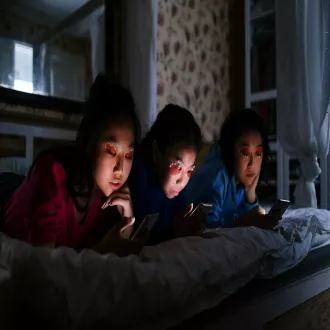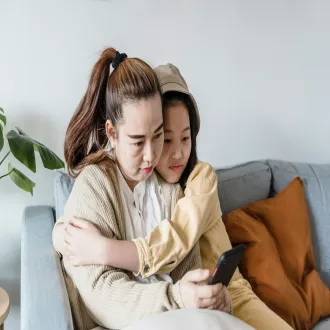Transcription Identifying your primary emotional states
Your Usual Emotional Highways
Throughout our lives, and through repetition, we all develop a kind of emotional "repertoire."
This is a set of moods and emotional reactions that we call upon most frequently, almost automatically.
These are our primary or habitual emotional states.
They can be states that empower us and serve us well, such as a natural optimism or a tendency toward gratitude.
However, they can also be limiting states that cause us problems, such as a propensity toward irritability, chronic worry, or an underlying feeling of melancholy.
The Journaling Exercise
Identifying these emotional "highways" is an invaluable exercise in self-awareness, since what is unconscious cannot be changed.
A practical and effective methodology for bringing these patterns to light is journaling emotional diary for a period of time, for example, a week.
The process is as follows:
- Choose a quiet moment at the end of the day.
- Reflect on your day: Think of 5 or 6 significant situations or events that you experienced.
- These can be big or small, from an important meeting at work to a conversation with a friend or a traffic jam.
- Note down the experience and your reaction: For each situation, briefly describe what happened (the experience) and, most importantly, note down precisely what your immediate emotional reaction was.
- Did you feel frustration, joy, anxiety, calm, resentment? Be as specific as possible.
- Don't forget to include how you felt when you first woke up in the morning, as this often reveals our underlying mood.
Uncovering the Patterns
After several days of keeping track of this, you will begin to see patterns emerging with surprising clarity.
Perhaps you will discover that your automatic reaction to anything unexpected is anxiety, or that a critical comment immediately plunges you into a state of self-criticism, or that your predominant state is a subtle sense of overwhelm.
The beauty of this exercise lies in its power to make the invisible visible.
Once a pattern of emotional reaction, previously an unconscious reflex, becomes conscious, we gain the power to intervene.
In that moment of awareness, a window of opportunity opens to question that pattern and deliberately choose a different, more constructive response,one that is more aligned with the person we aspire to be.
It is the first essential step in actively redesigning our emotional landscape.
identifying your primary emotional states




